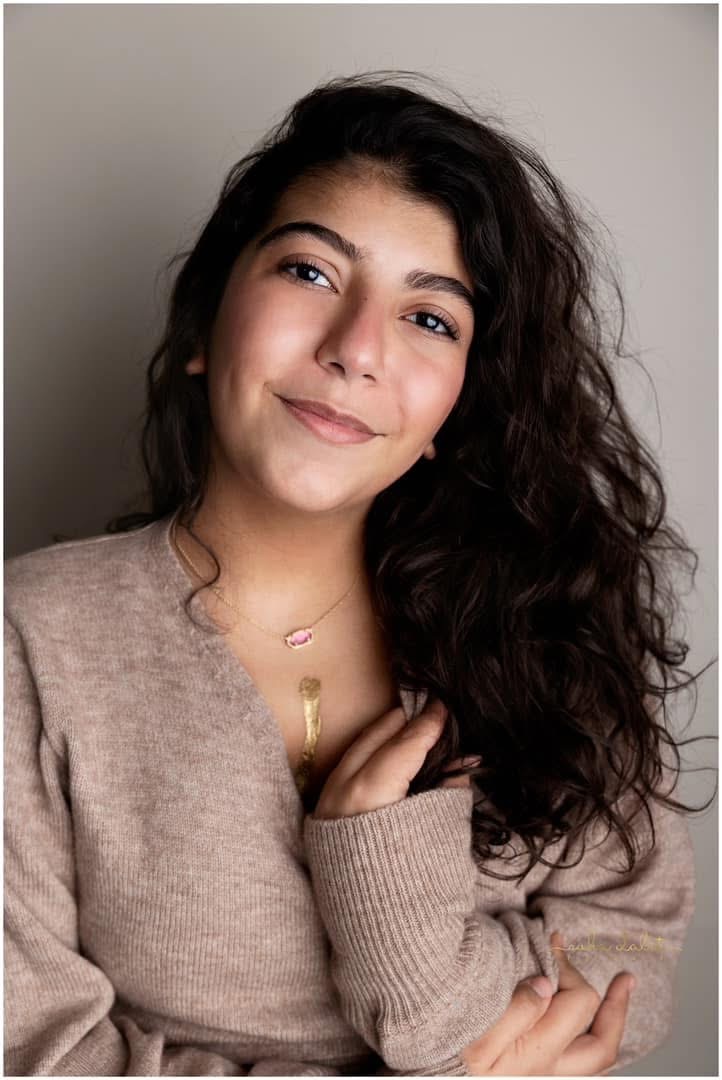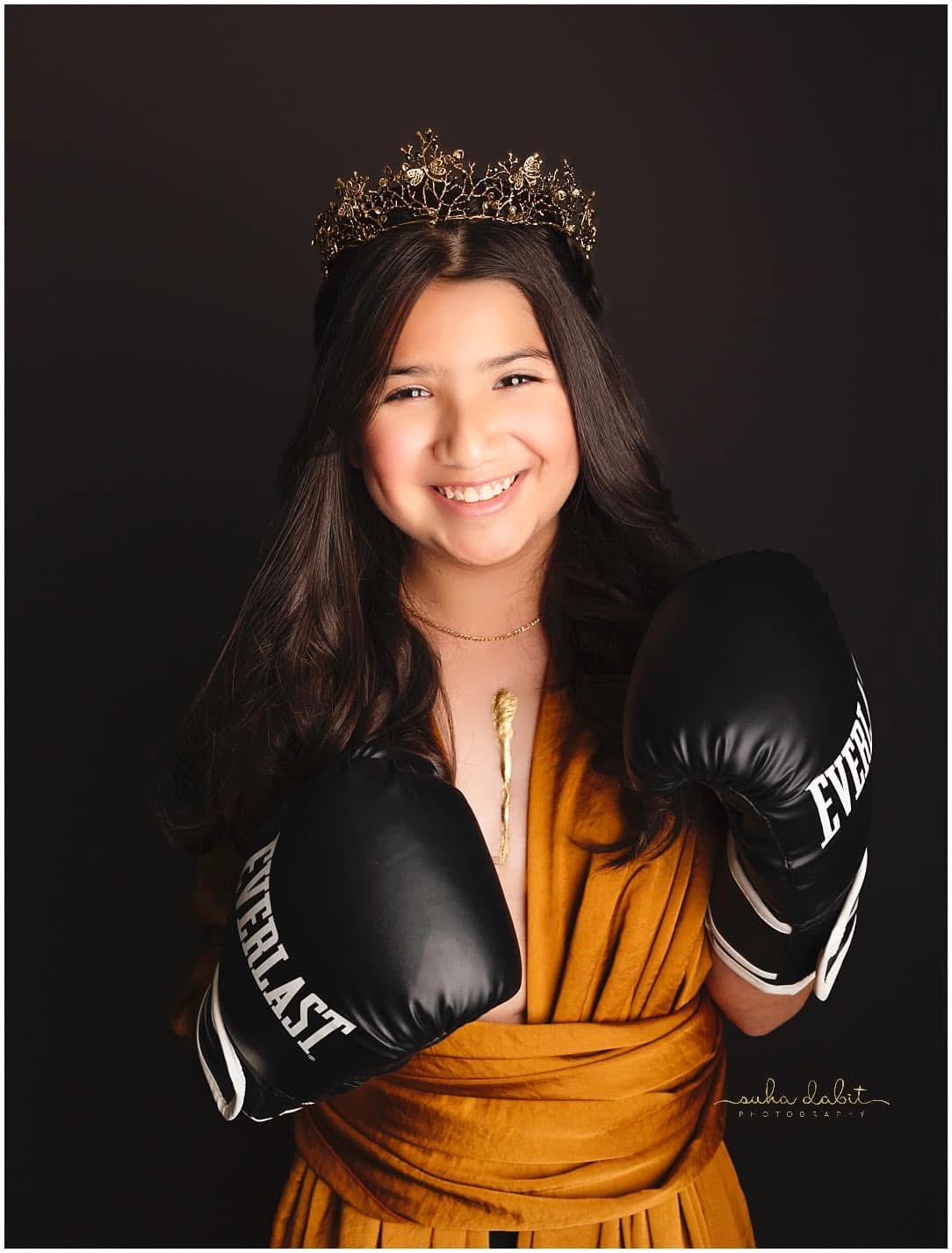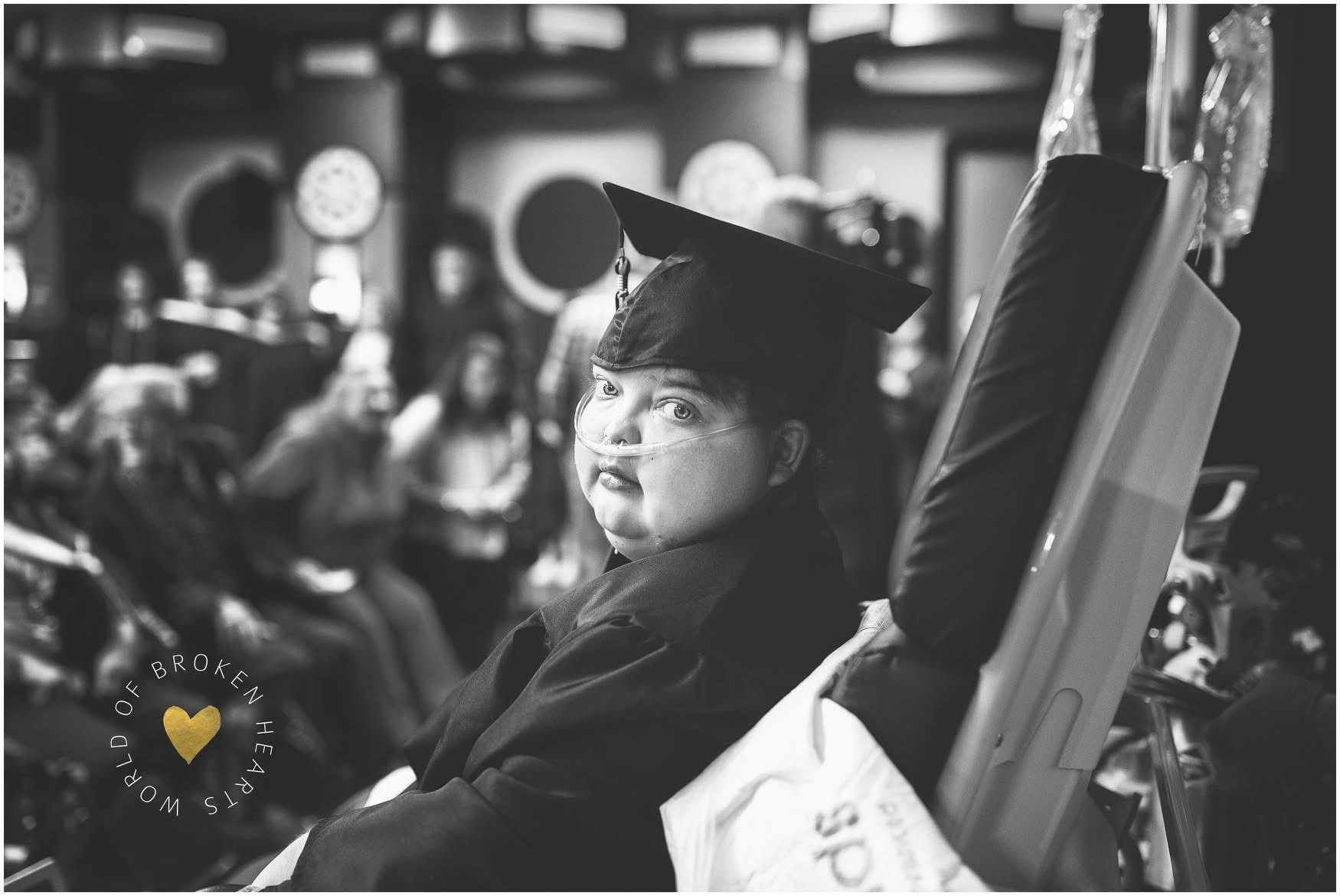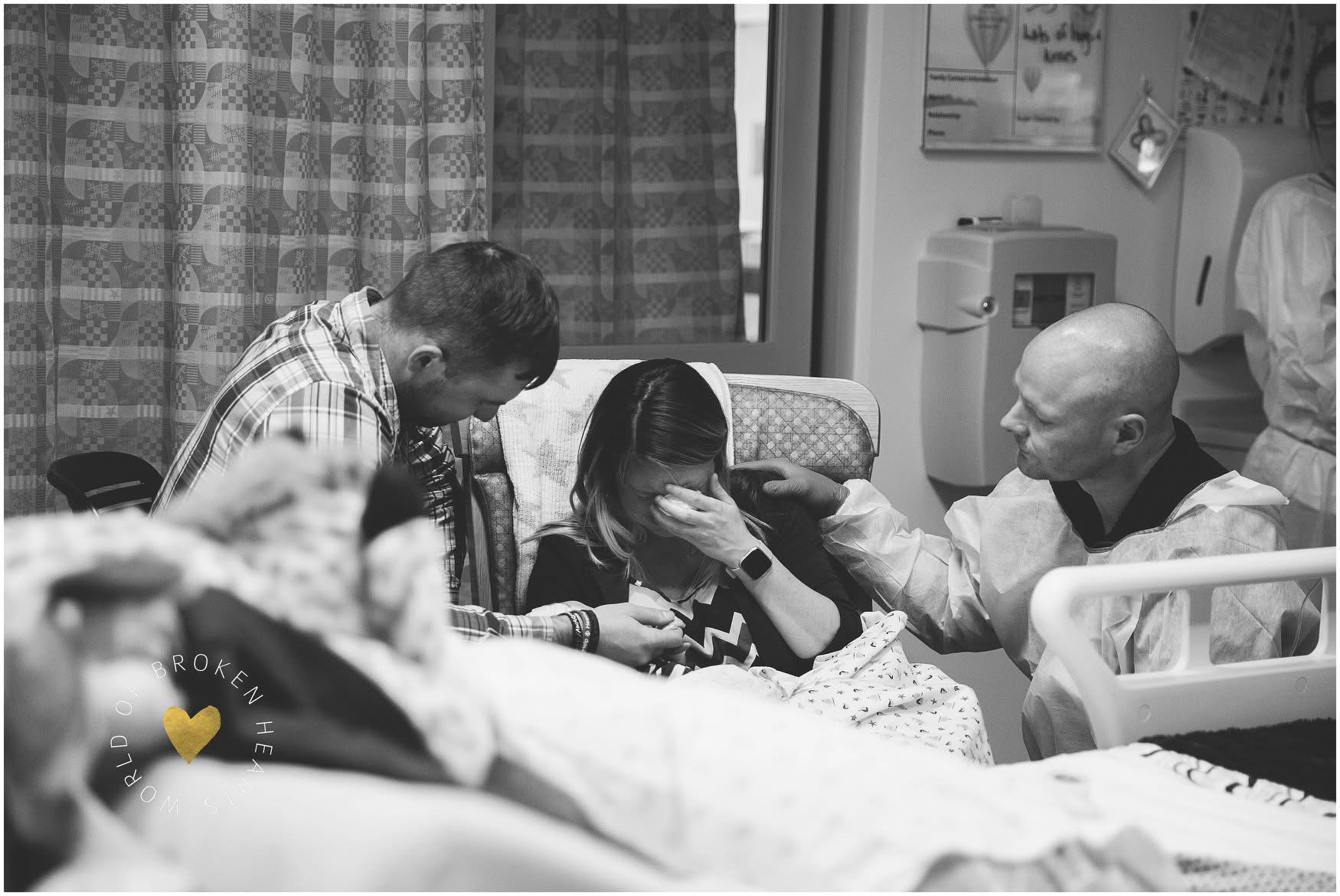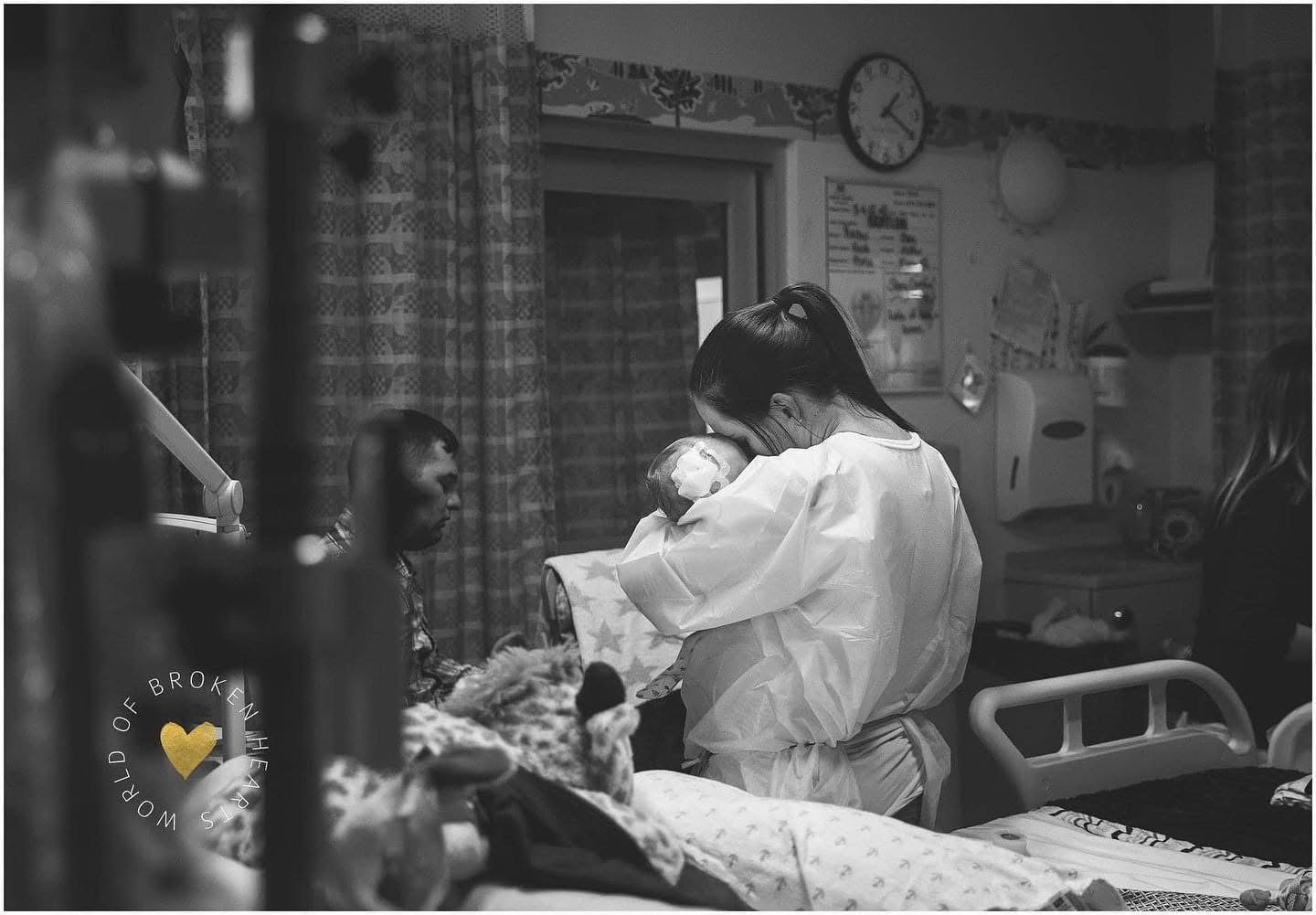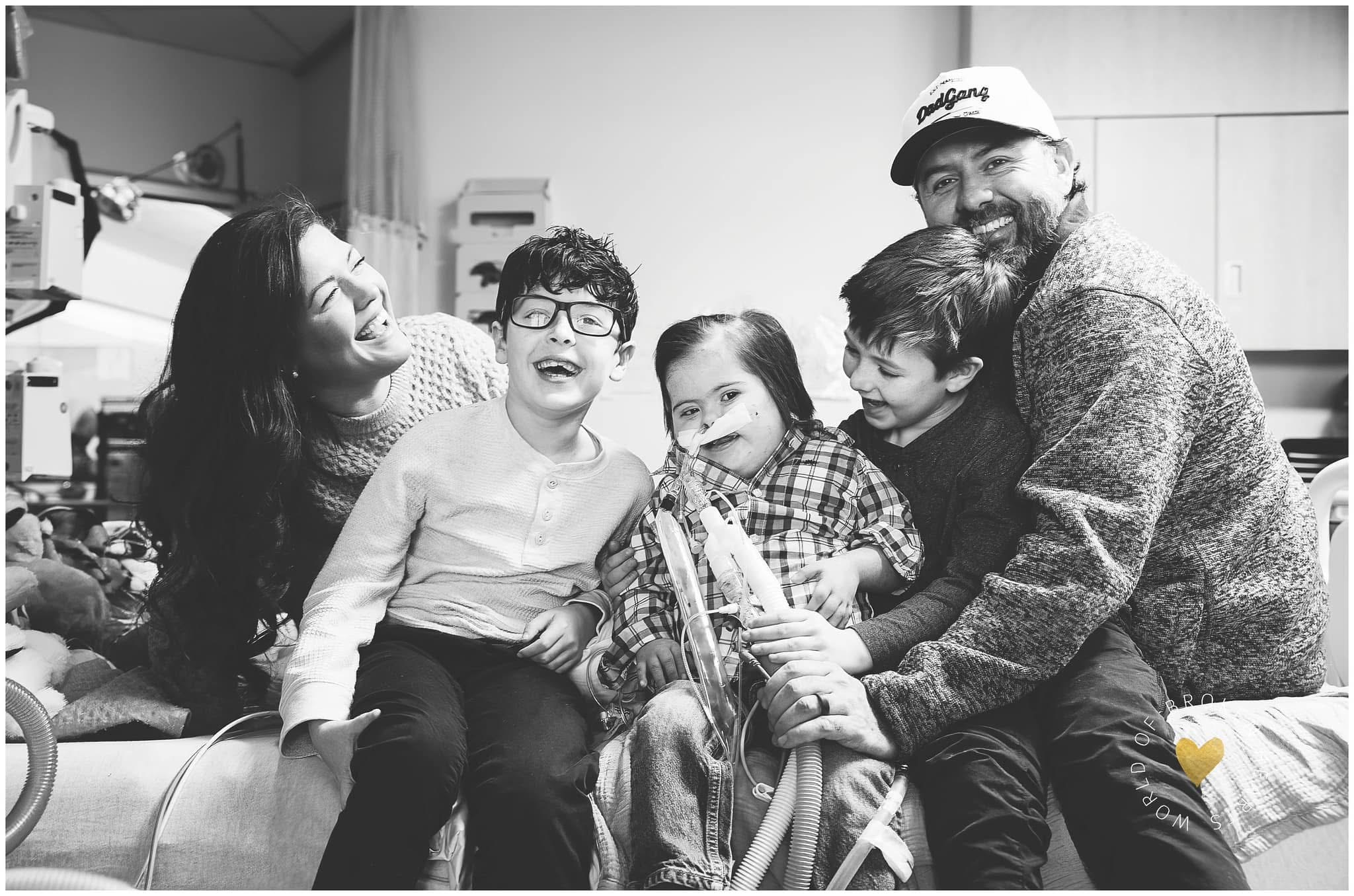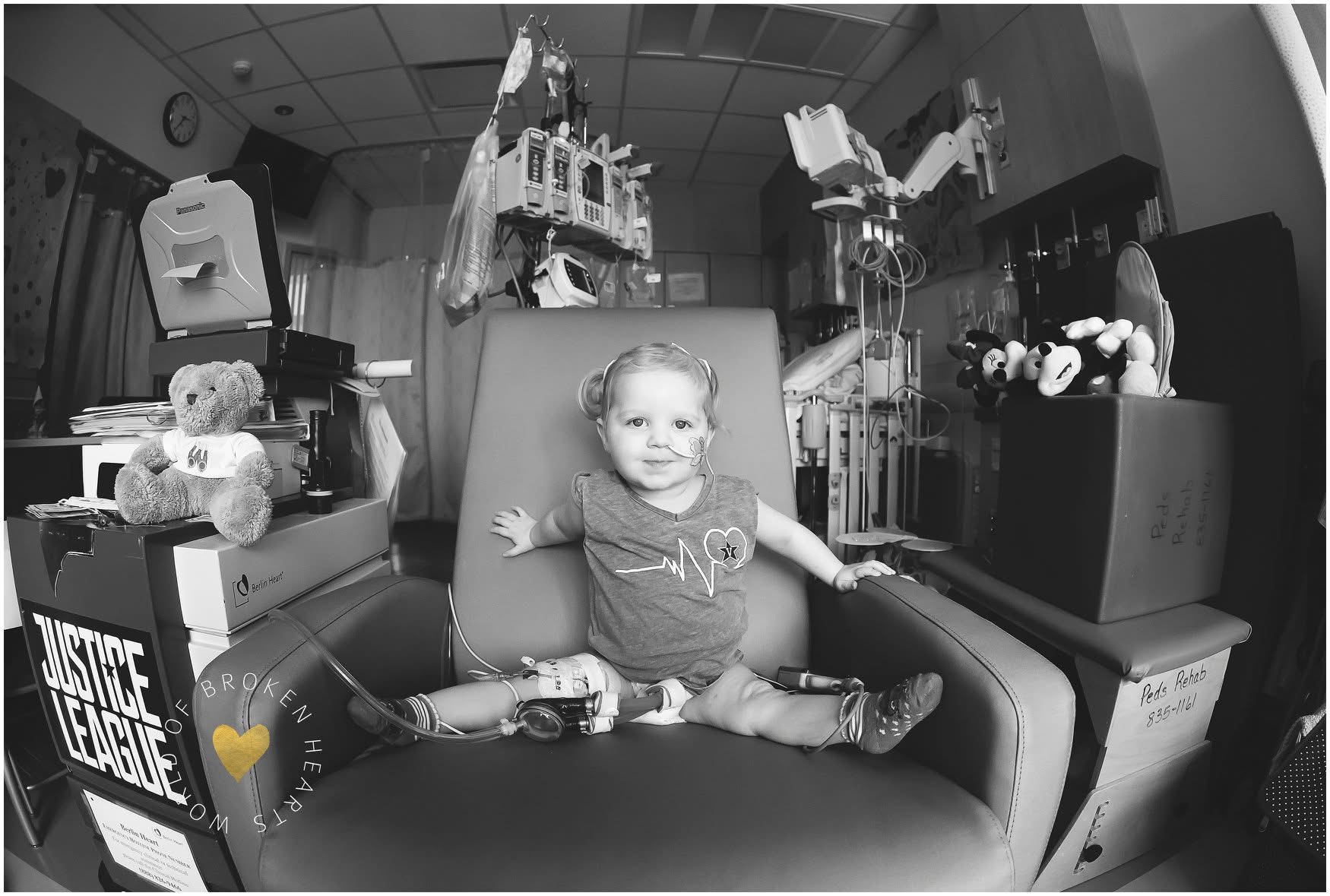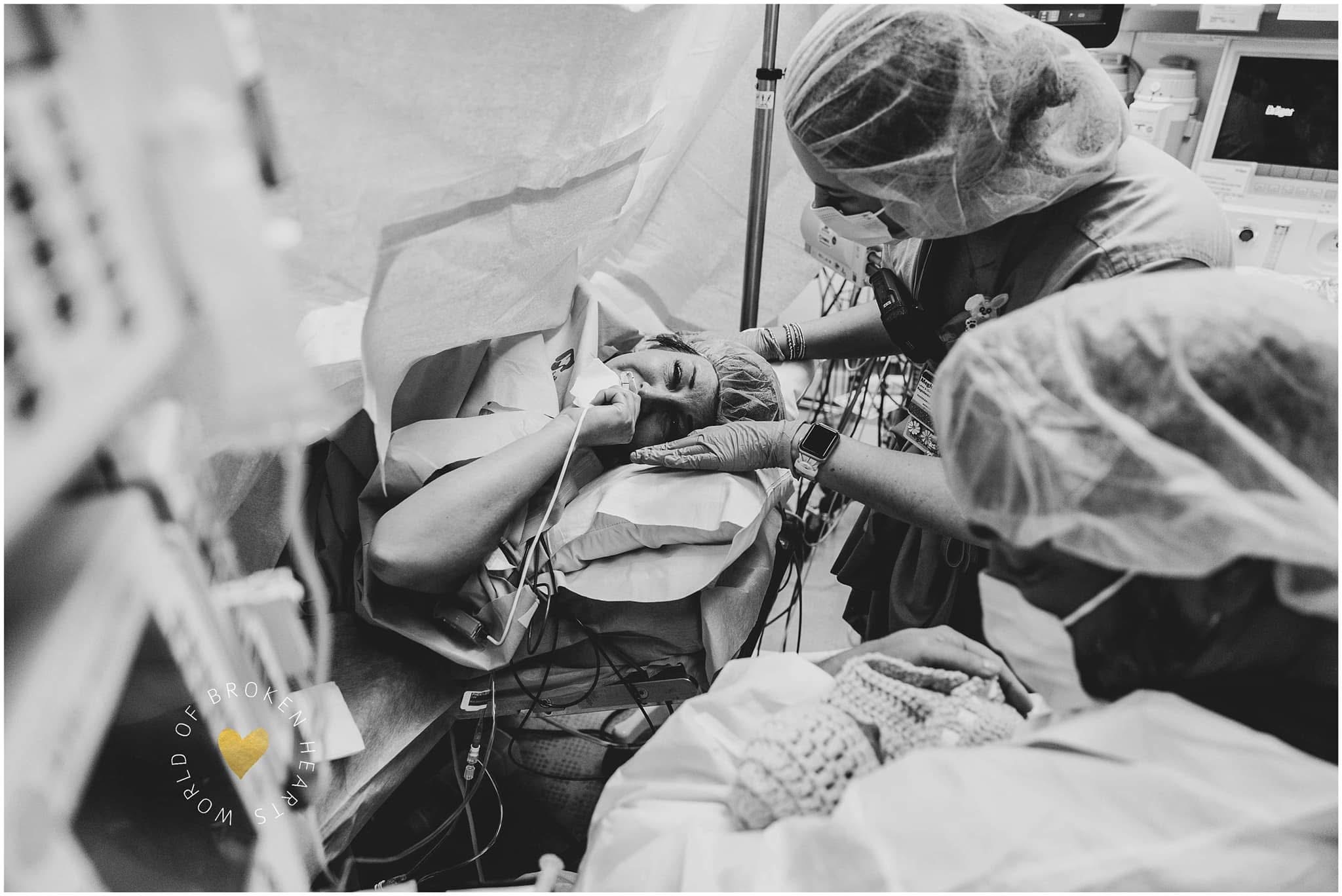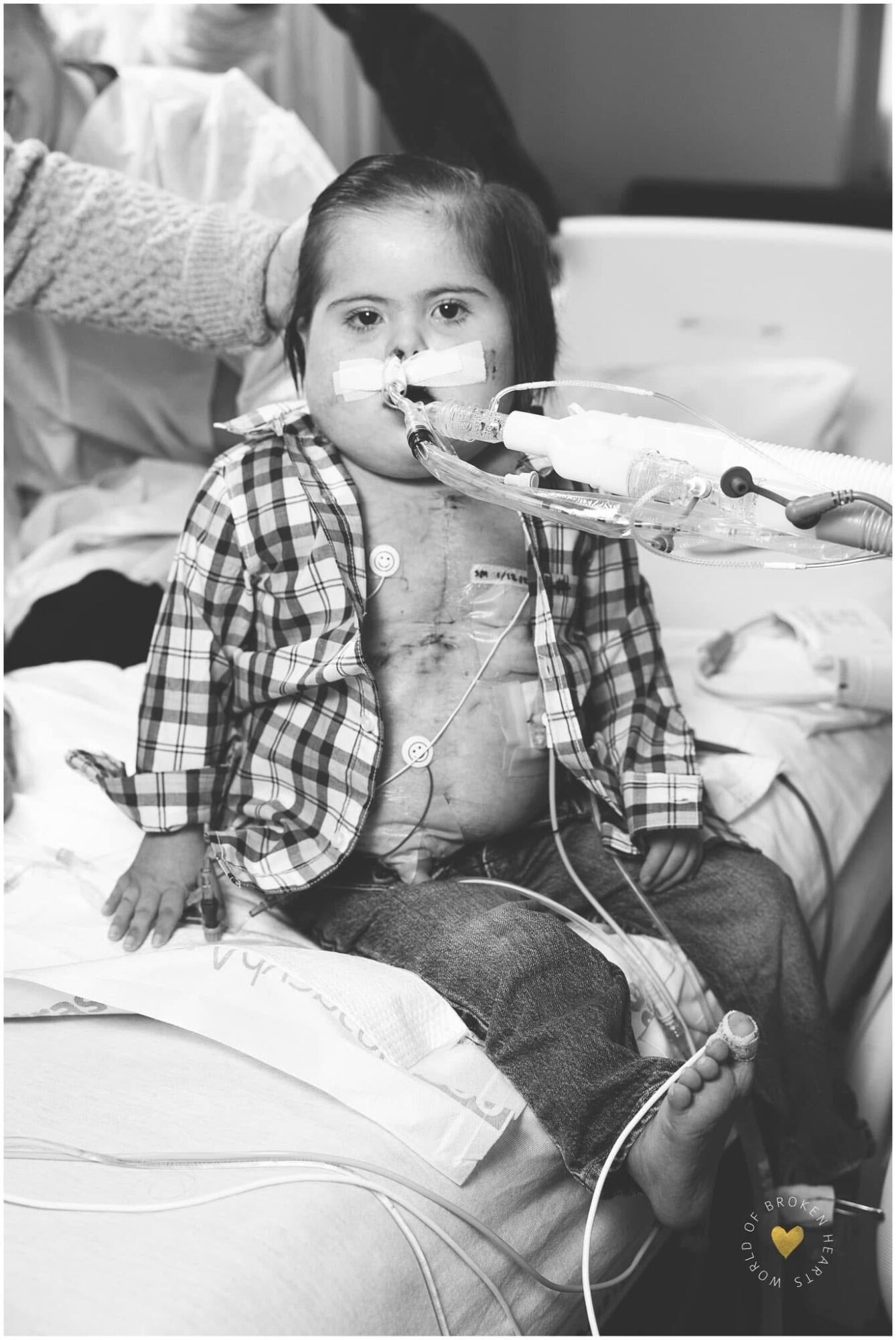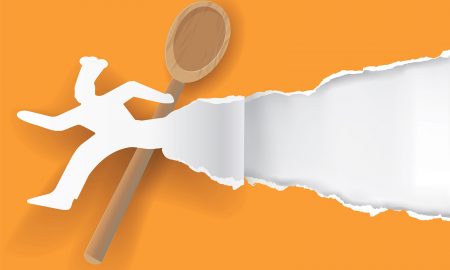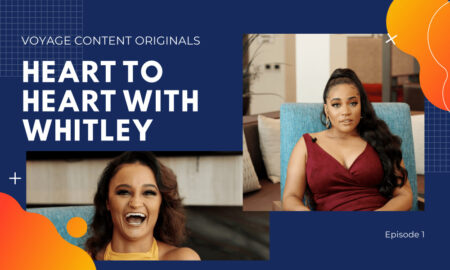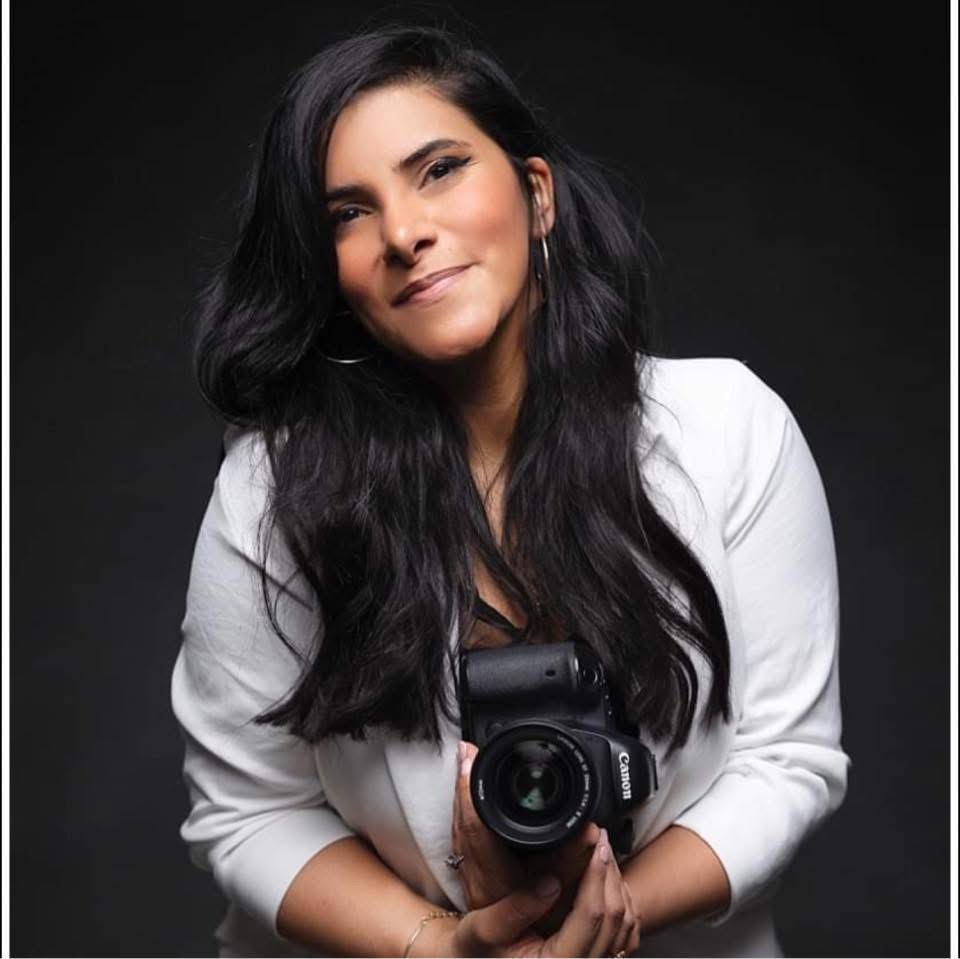

Today we’d like to introduce you to Suha Dabit.
Suha, we appreciate you taking the time to share your story with us today. Where does your story begin?
A lot of our stories begin the same others—walking into our ultrasound appointment filled with excitement and joy, only to leave with our hearts shattered. Ours is no different.
At my five-month ultrasound appointment, we received news that turned our world upside down—our baby girl, Nadia, had Hypoplastic Right Heart Syndrome (HRHS). She would be born with only half a heart, and her survival depended on three open-heart surgeries before the tender age of three.
From the moment Nadia was born, she was what they call a “blue baby”—her skin carried a bluish tint, and her lips were always a shade of purple.
At just five days old, Nadia underwent her first surgery, the BT Shunt. At seven months, she braved the Glenn, and by two, she had what we thought would be her final surgery, the Fontan. She recovered beautifully, earning the title of “Fontan Champion of 2012.” We were told to go home and live our lives, believing the hardest days were behind us.
But just nine weeks later, everything took a turn. During a routine check-up, I shared my concerns about her body holding onto so much fluid and the unsettling change in her lips. After the Fontan procedure, they had turned pink—a sign of progress—but instead of staying that way, they darkened to a dusky blue once again. Her wonderful pediatrician thankfully didn’t dismiss us and sent us back to Vanderbilt, where her cardiologist discovered that her half a heart was failing. She was admitted into the PCICU, and days later, as her condition worsened, none of the medications that could have helped her heart recover worked. We were told that a heart transplant was the only solution, but Nadia was too sick to wait for a donor heart. We were given two choices: either we do nothing, or we attempt a high-risk, never-before-done procedure at our hospital—implanting the Berlin Heart to keep her alive while she waited for a donor heart. Nadia became one of only a handful of single-ventricle patients in the world to undergo this procedure at the time. The odds were terrifyingly slim, but with the skilled surgical knowledge of her amazing surgeon, Dr. Bret Mettler, and his then-equally-amazing team, she pulled through.
For nearly six months, we lived in the hospital, witnessing moments of both joy and unbearable heartbreak. I watched parents bring their babies home, and I watched others leave with empty arms. It was something so incredibly heartbreaking to witness. It is something that has changed me forever.
Through all of her stay, and despite being attached to an artificial heart that was plugged up to a giant computer 24/7, Nadia remained her spirited, joyful self—laughing, playing hide-and-seek with nurses, hosting tea parties, and even chatting with “Santa” aka Nurse Heidi over the intercom.
The gift of life is bittersweet. I could never bring myself to pray for a heart for Nadia, knowing the heartbreaking cost. I wouldn’t wish that burden on anyone, and the thought alone was agonizing. Instead, I chose to accept that whatever would happen was beyond my control and focused all my energy on cherishing every moment with Nadia while we waited.
Then, after five and a half months, of waiting, we got the call—her perfect match. A full, four-ventricle heart. A second chance at life.
Handing her to her surgical team for the fifth time, not knowing what the outcome would be, is hard to describe. My body and head felt like a pressure cooker. A fear so strong, it felt like my inner organs would explode at any moment. I couldn’t think, I couldn’t hear, I couldn’t breathe.
The night was long, and no one got a wink of sleep. Updates came frequently, until the last two hours.
I will never forget the moment Dr. Mettler and Dr. Dodd came out of the OR to talk to us with tearful eyes, telling us that Nadia may not survive and that her body may be rejecting her precious new gift. Nadia’s right ventricle of her new heart was failing to pump properly. The last option was to try to place a stent in her pulmonary artery, placing her on ECMO in the hopes of allowing more blood flow to her new heart.
I didn’t grasp how dire things were until everyone around us walked by our room with their heads down, completely devastated. For the next 48 hours, I held my breath, praying yet again for a miracle for our girl.
I knew we were out of the woods when our beloved nurses and doctors started to smile again.
The stent, along with being on the heart-lung bypass machine, allowed Nadia’s heart to heal and recover. We eventually were able to pack our bags and bring our baby girl home again.
It has been 12 years since Nadia’s heart transplant, and she is thriving. She is living a near-to-normal life. But as any parent of a medically complex child knows, the worry never really goes away. Every morning when I wake up, and every time I send her off to school, her heart, her health, and her future are always on my mind. But more than anything, I’m grateful—grateful for every normal day she gets to live, for all her joy and accomplishments, small or big, for every little moment I once feared we might not have.
Nadia is your typical teenager—full of worries about school, friends, and typical “silly” life worries a teenager would have. But thankfully, her heart is not something she has to think about every day. She’s almost 15 now, studying for her driver’s permit, and I can’t believe how fast time has passed. She is a fierce, loving soul who stands up for what she believes in and adores her family and friends with all her heart. She has the best belly laugh and the most hilarious comebacks that get her in trouble most times.
A heart transplant, or any organ transplant. is not a cure or a quick fix. It comes with lifelong challenges, daily medications, constant checkups, endless bloodwork, ECHOs, biopsies, and more. Many don’t realize or fully understand this reality, so forgive me for saying what no one wants to read, believe, or hear. But the truth is, a heart transplant doesn’t last forever. If we are fortunate enough to reach the day she needs another, I can only pray she has the time to wait, the chance to receive, and the strength to survive yet another miracle.
I started World of Broken Hearts with one goal, to raise awareness about CHD and the beauty of organ donation. CHD because it is the number one cause of death in children, and organ donation because I hope that when others read stories like Nadia’s, they are inspired to become registered organ donors. My work is in hopes of driving change. If Nadia ever needs her life saved again, I want there to be new treatments and better options for her. I want a future where fewer children are born with CHDs, where more families get the miracle we did. For Nadia, for her heart warrior friends, and for every family walking this uncertain path—I will keep fighting for better.
Like many CHD families, I chose to give back in a way that holds meaning for me …through pro bono photography. I know firsthand the impact these portraits can have, especially when they become one of the only things a family has left of their child. But over time, I realized my camera could do more than capture memories—it could create change.
With the help of brave families willing to share their stories, I began using photography to raise awareness about CHD and organ donation. Their powerful images and voices have reached national platforms like People Magazine and Good Morning America.
I founded World of Broken Hearts in 2015. Today, I continue this mission through my work at The Brett Boyer Foundation, where I help raise awareness and much-needed funding for CHD research. My hope is to inspire others to say “yes” to organ donation and get involved in this fight for these incredible kids.
I’m sure it wasn’t obstacle-free, but would you say the journey has been fairly smooth so far?
I believe life is about facing and overcoming challenges. It’s never easy and when you’re raising a medically complex child, it becomes even harder. We’ve been fortunate that our daughter’s health journey has been relatively smooth, but the weight of it is always there.
My journey into photography began after my daughter received her transplant. I’d always loved taking photos, but there’s a big difference between snapping pictures and capturing meaningful portraits with professional gear. I had no idea what I was doing—I just knew I needed to do it. I taught myself everything from scratch, without any formal help or guidance.
Running a small business is not for the faint of heart, especially as a creative. Suddenly, you’re not just the artist—you’re also the accountant, the marketer, the customer service rep, the SEO specialist. And while trying to grow a business, you’re still trying to be a good mother, wife, and friend. It’s a constant balancing act, and it can be overwhelming fast. When you’re self-employed, getting sick or slowing down isn’t really an option.
Despite it all, I’m incredibly grateful. I have a strong support system, and I know that’s not something everyone has. That’s why I believe so strongly in showing up for others, sharing stories, and doing what I can to make a difference.
Alright, so let’s switch gears a bit and talk business. What should we know about your work?
As a photographer, I love mist about my work is freezing moments in time, creating lasting memories that families can hold onto forever. While I specialize in newborn and maternity portraits, the work I’m most known for, and proudest of, is my World of Broken Hearts project.
Most people don’t realize just how important it is to capture these fleeting moments with their loved ones, until time moves faster than expected or until you lose a loved one.
For the inpatient families I photograph, these images are sometimes the only memories they have left of their child. It’s an honor to be able to give back in such a meaningful way.
What makes my work even more powerful is that it goes beyond the photo. Every story shared, every portrait captured, helps raise much needed awareness for CHD (congenital heart defects) and brings in critical funds for research. It’s more than photography, it’s purpose driven storytelling that I’m super proud of.
Are there any apps, books, podcasts, blogs or other resources you think our readers should check out?
I am part of some Facebook groups for Photography.
Apps that help me most: COZI, Lifesum, Ladder
For my Business apps and websites: Pixieset, Dubsado, Adobe premier, IG,FB, Google AD
Contact Info:
- Website: https://Www.suhadabitphotography.com
- Instagram: https://www.instagram.com/world.of.broken.hearts?igsh=cDB6ajNrd29mMDVt&utm_source=qr
- Facebook: https://www.facebook.com/share/18ZhbZx7AM/?mibextid=wwXIfr
